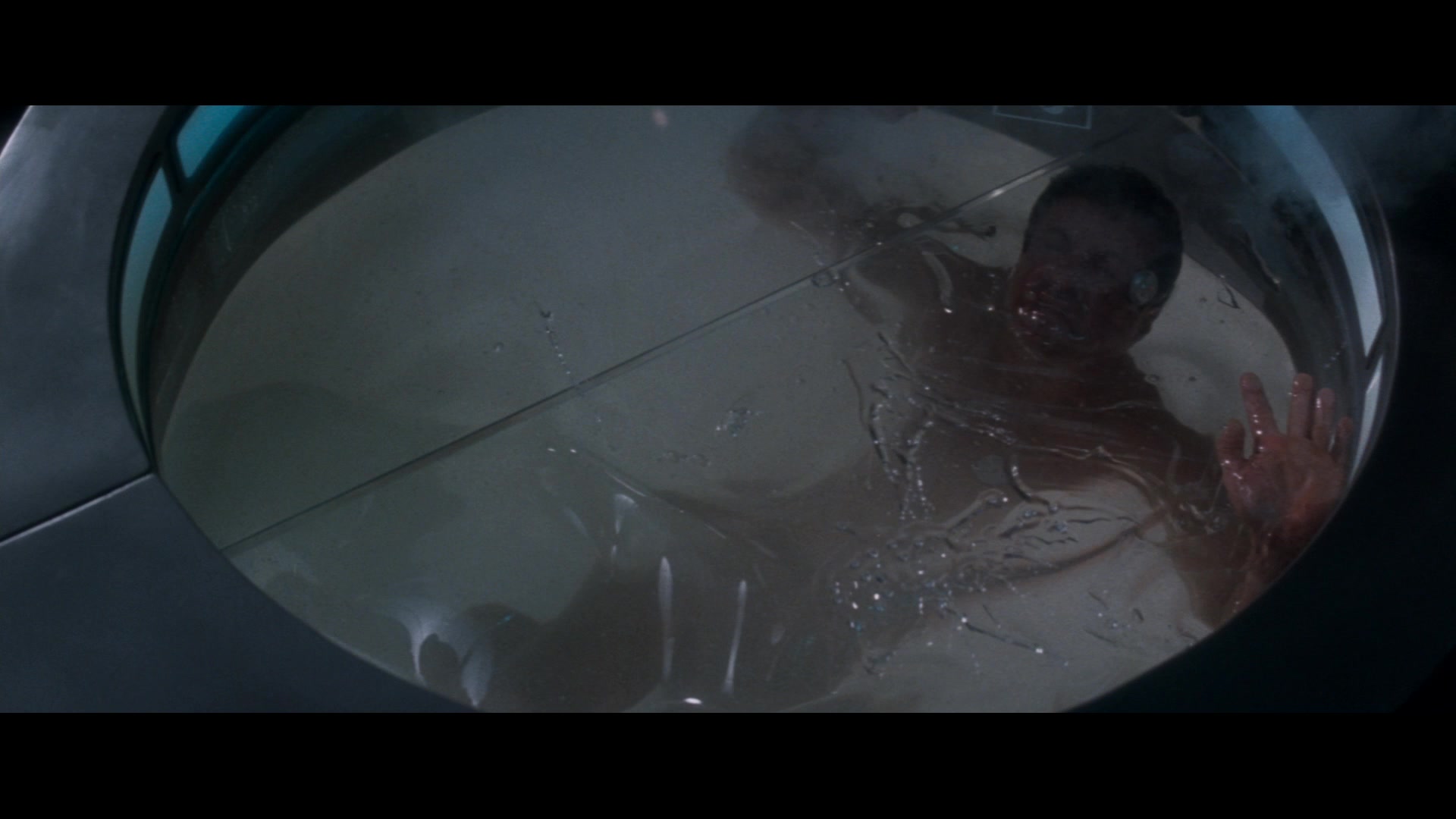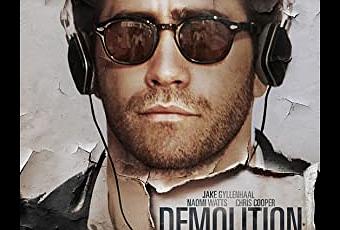

"And then all of a sudden, somebody ran by him from the stands. The explosion scattered records high into the air and left a crater in center field.īut Maines says the pitcher still started to warm up for the second game. Dahl, the disgruntled disc jockey, donned a combat helmet and military jacket and led chants of "disco sucks." Then they blew up the crate. "Records that were clearly not disco," but that were by black artists.Īfter the Sox lost the first game, a giant crate full of records was placed in the outfield. "Tyrone Davis records, friggin' Curtis Mayfield records and Otis Clay records," he recalls. Soon, he began to notice something about the records some people were bringing. Then an aspiring musician who was saving up money for a synthesizer, he says he was one of the few African Americans there that night. "It was like a big party in there.")Īlso at the game was a teenaged usher named Vince Lawrence, who says he'd hoped to snag a few disco records to take home. ("Oh, you can throw them very hard," Maines says. He was among roughly 50,000 rowdy fans, some of whom started using records as Frisbees. "We thought we'd be the only ones that showed up that night, but when we got there, it was unbelievable," he says. The Record A Rational Conversation: How Deep Is The Disco Revival?Īt the time, Jim Maines was a long-haired, working-class 19-year-old from the South Side. What transpired came to be known as "Disco Demolition" and is the subject of Dahl's new book Disco Demolition: The Night Disco Died, co-written with Dave Hoekstra. So, on a muggy Thursday night doubleheader with the Detroit Tigers, fans could bring a disco record and get in for less than $1. The team was averaging just 16,000 fans a game and would have done anything to fill Comiskey Park. Pretty soon, station reps and Chicago White Sox promoters had the crazy idea of actually blowing up disco records. "Back in the day when we had turntables, I would drag the needle across the record and blow it up with a sound effect," Dahl says. In his new job at a rival rock station, he took out his frustration by destroying disco records on the air.

He had been fired from a Chicago radio station when it, too, went all-disco. Steve Dahl, then a 24-year-old disc jockey, was mad. Radio stations were switching to all-disco formats. Just a few months earlier, the Saturday Night Fever soundtrack had been named Album of the Year at the Grammy Awards. Donna Summer, Chic and Gloria Gaynor were at the top of the charts. It was the summer of 1979, and disco was taking over the world. In 1979, rock DJ Steve Dahl donned a combat helmet to blow up a crate of disco records, a stunt now known as Disco Demolition.


 0 kommentar(er)
0 kommentar(er)
